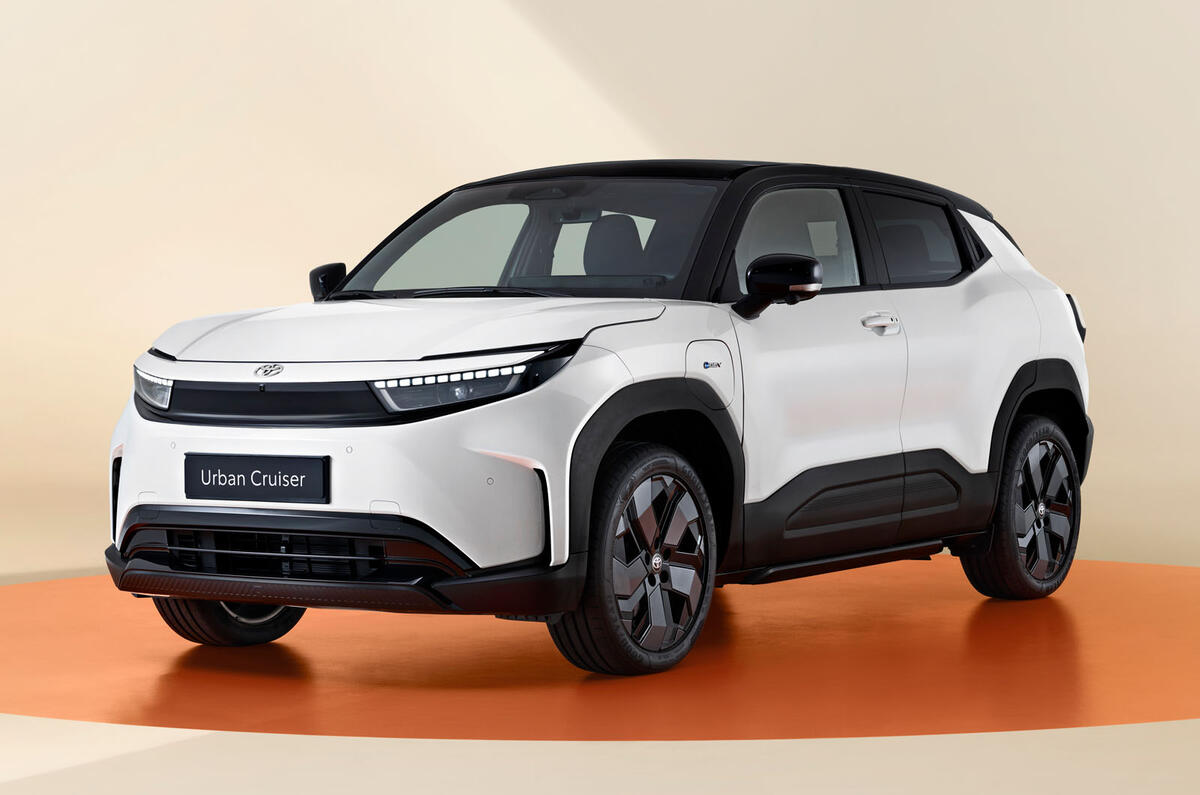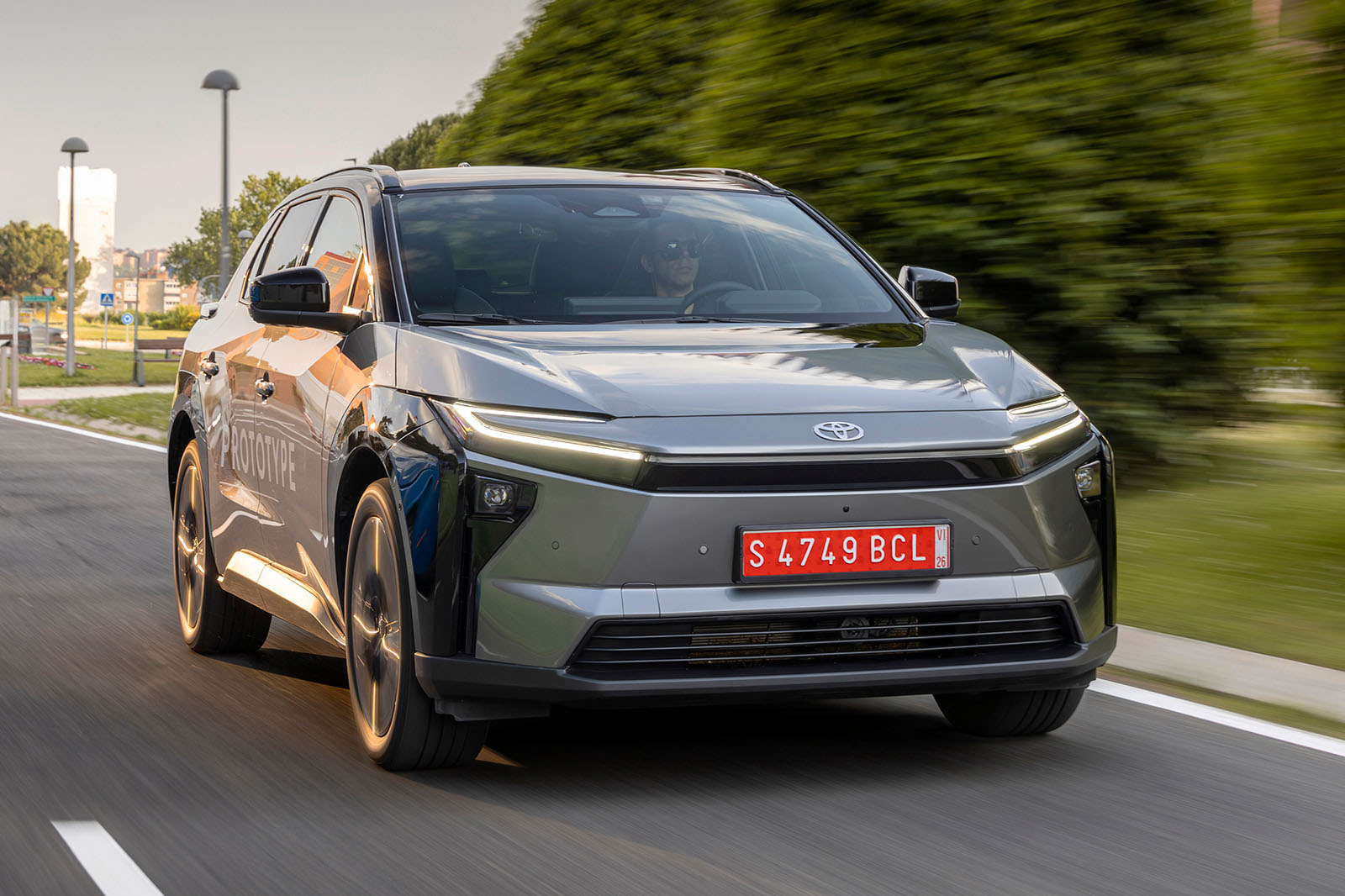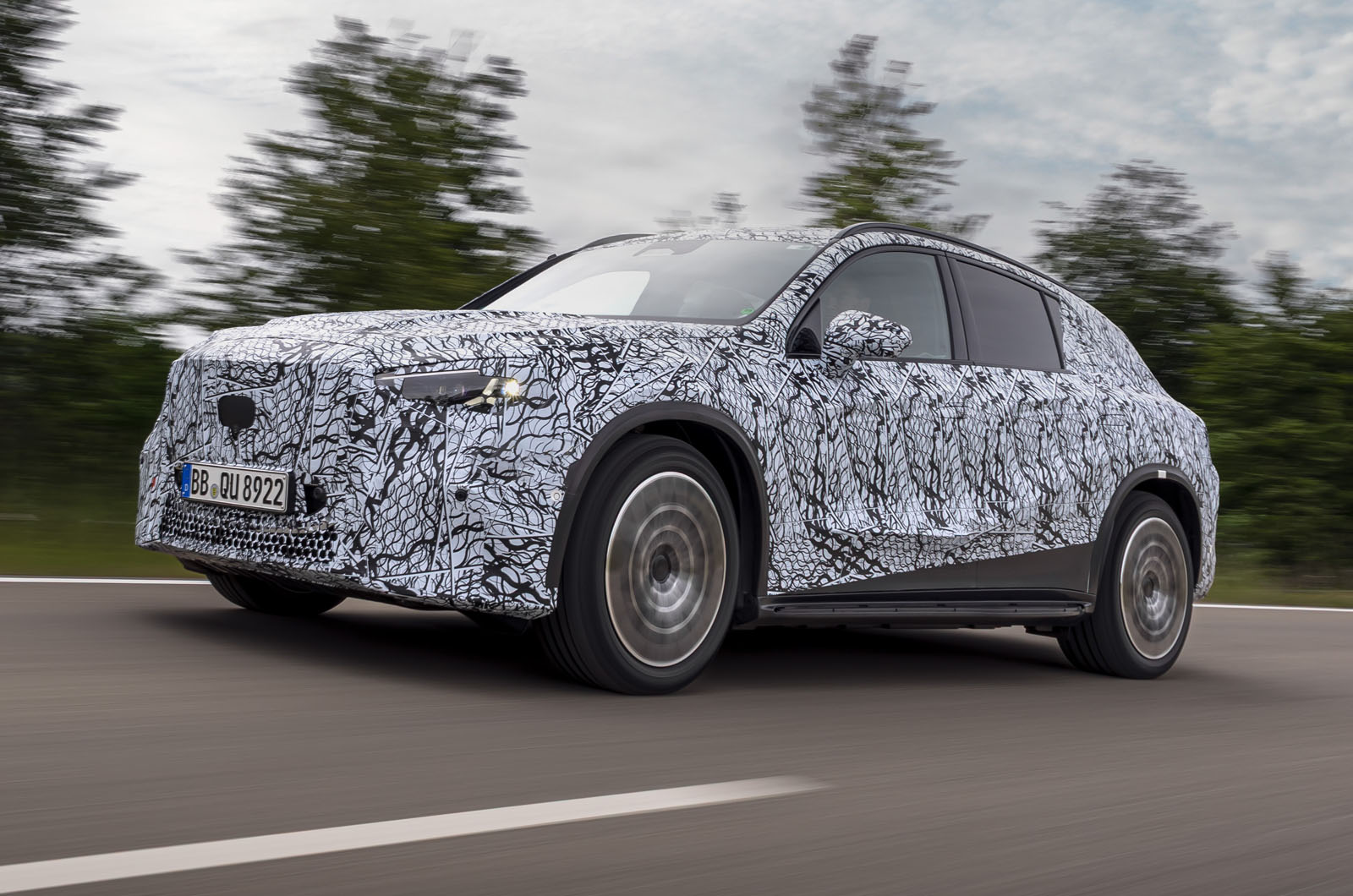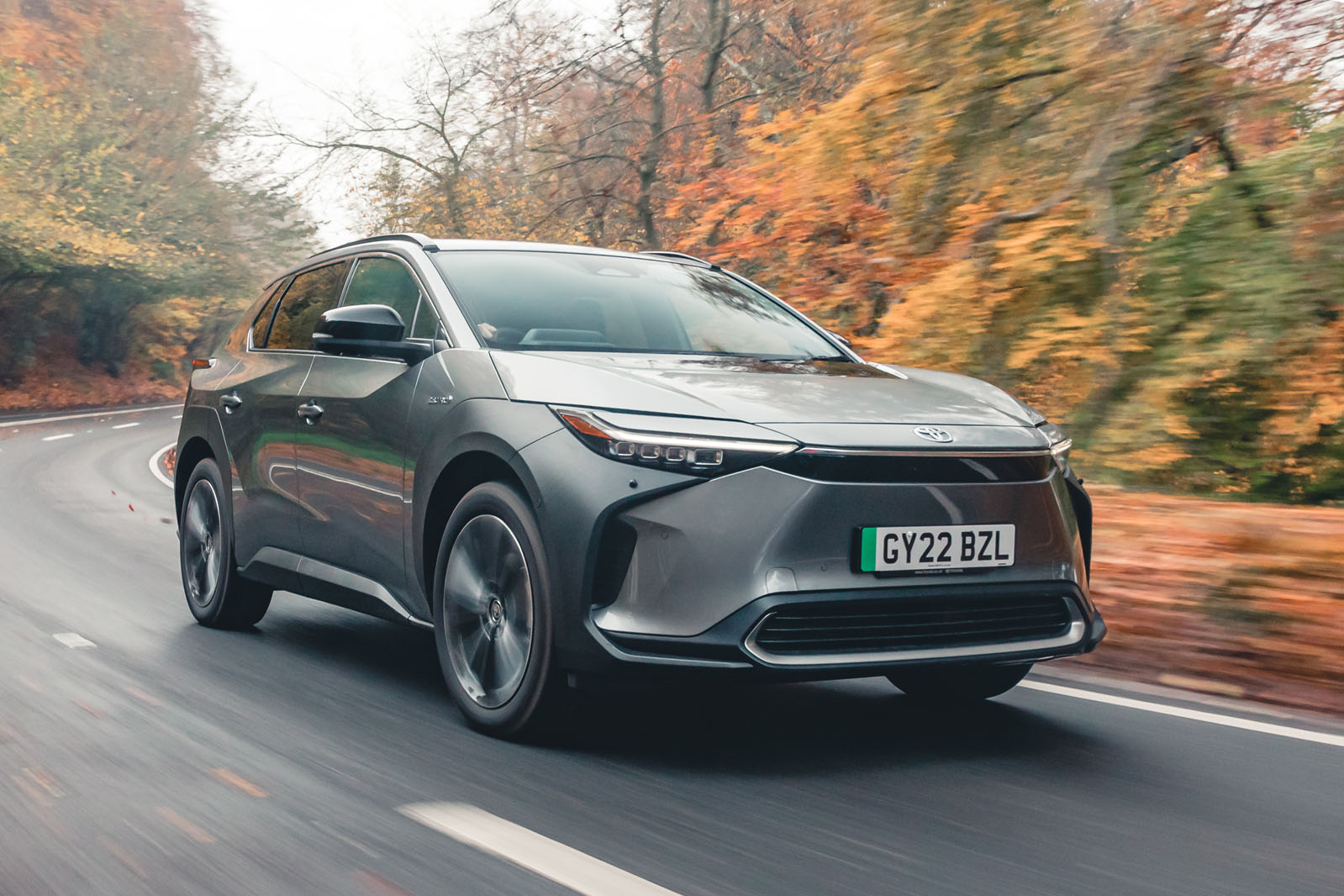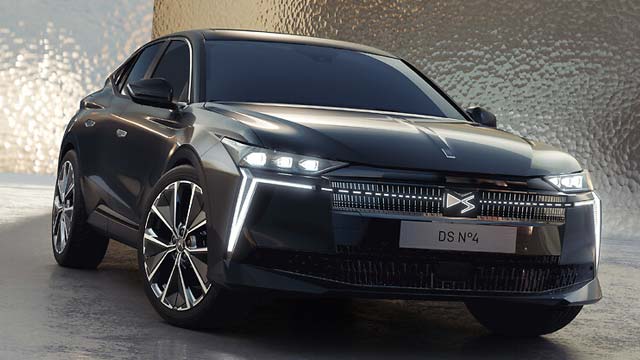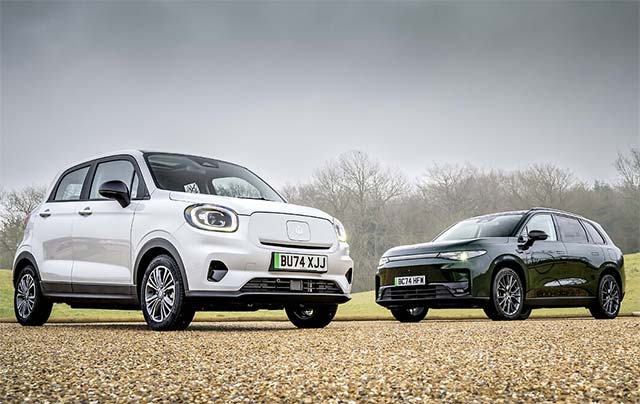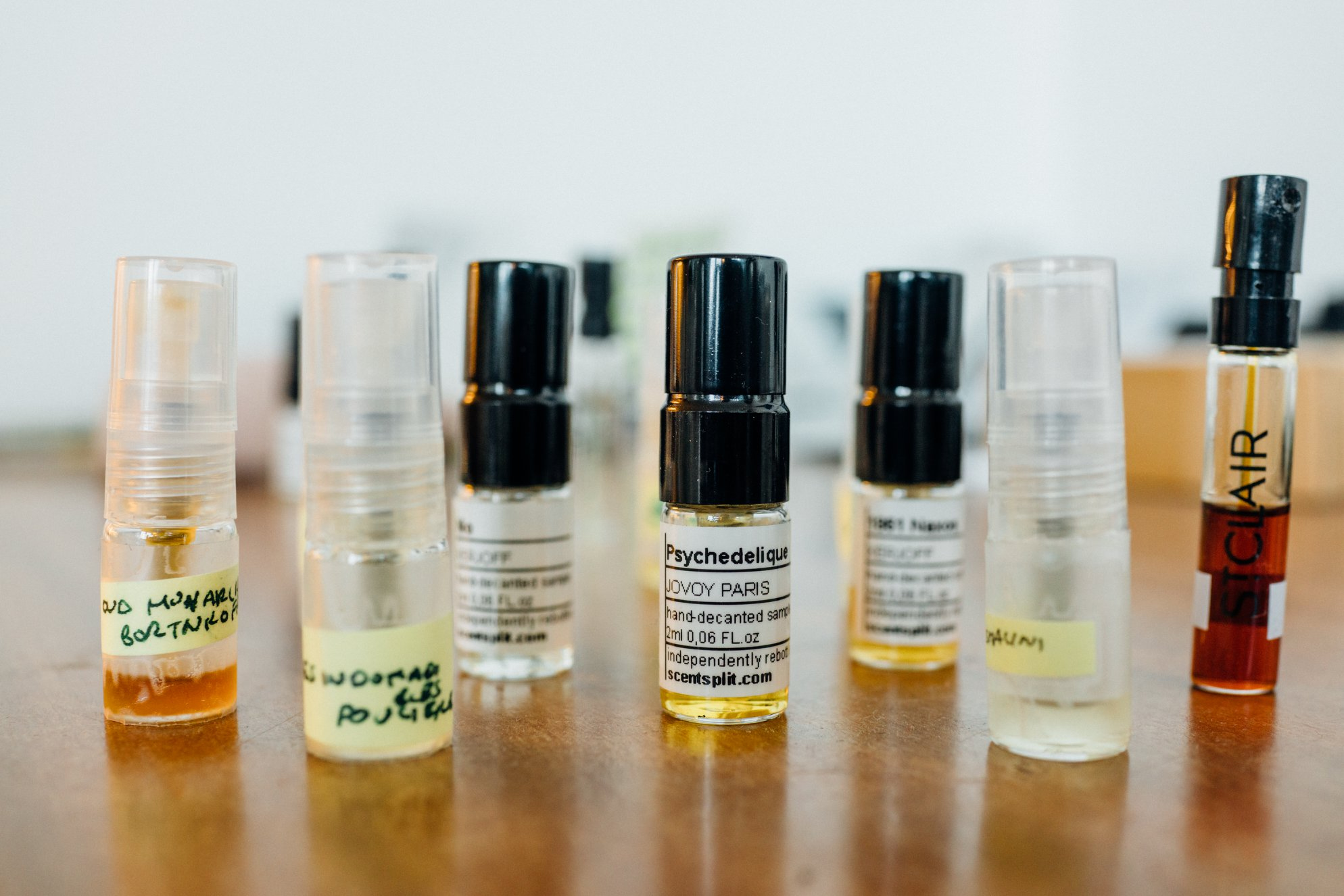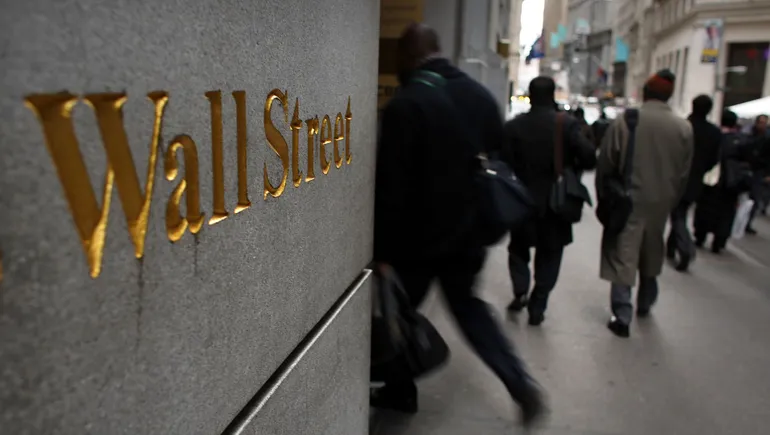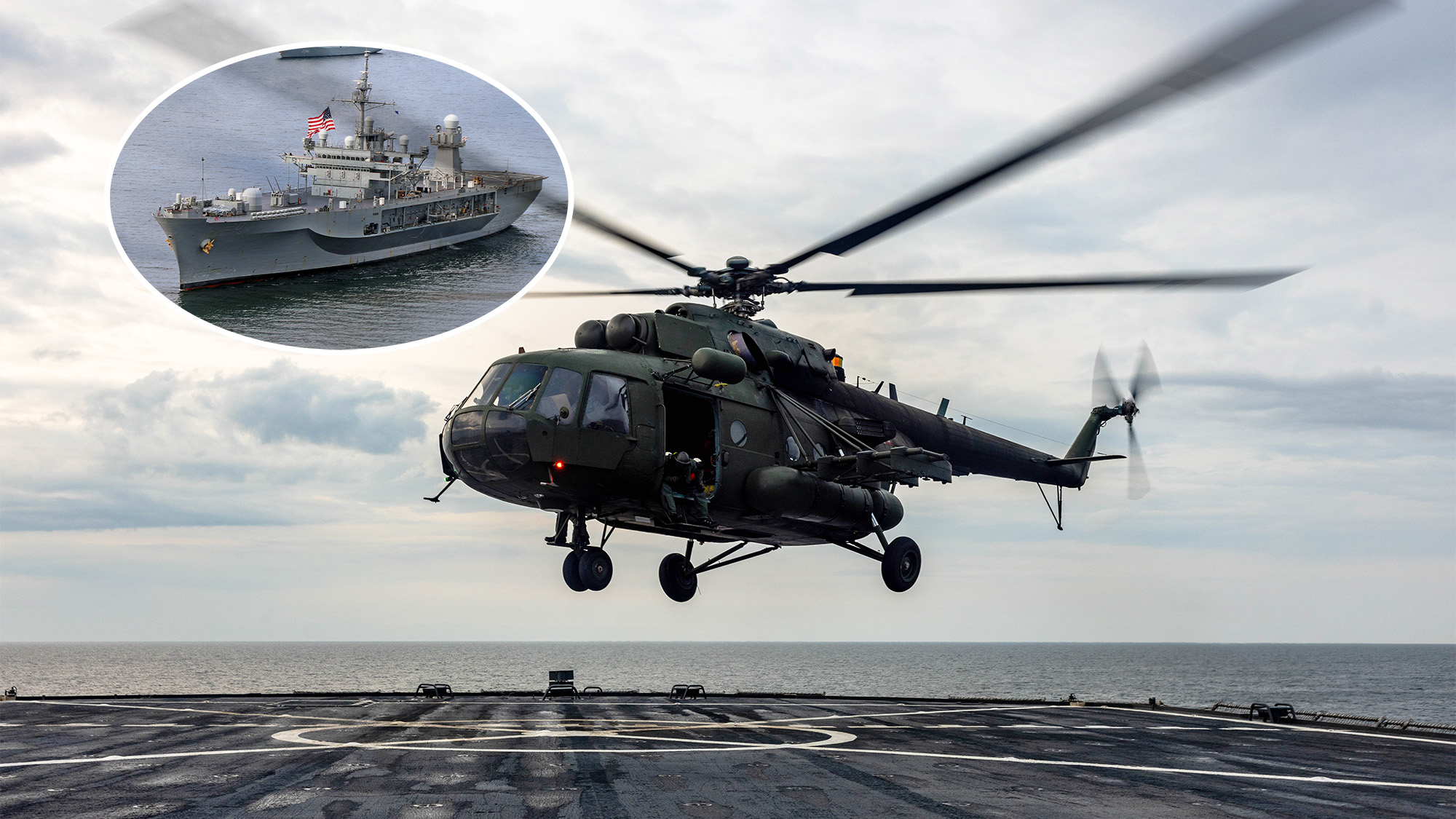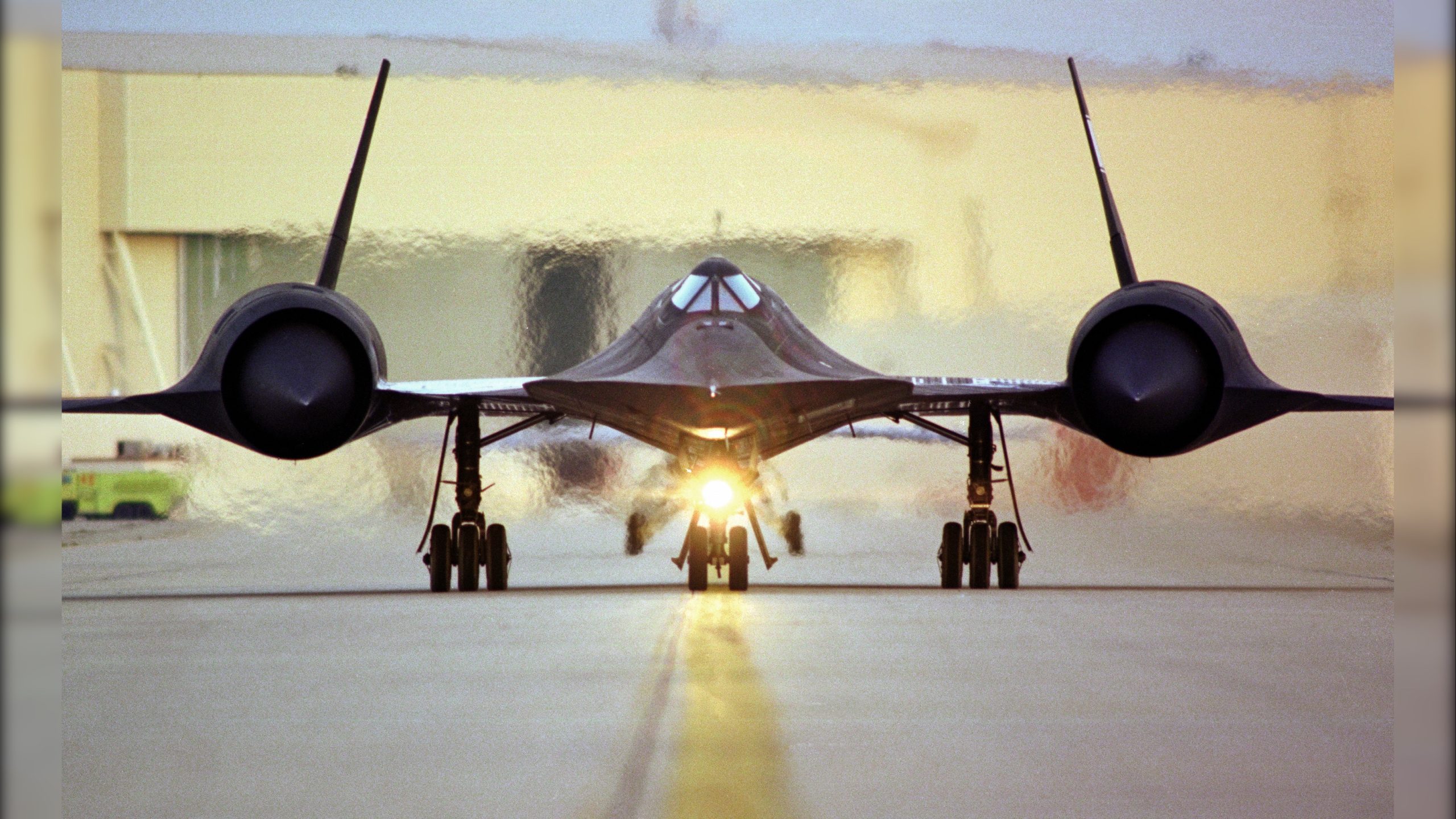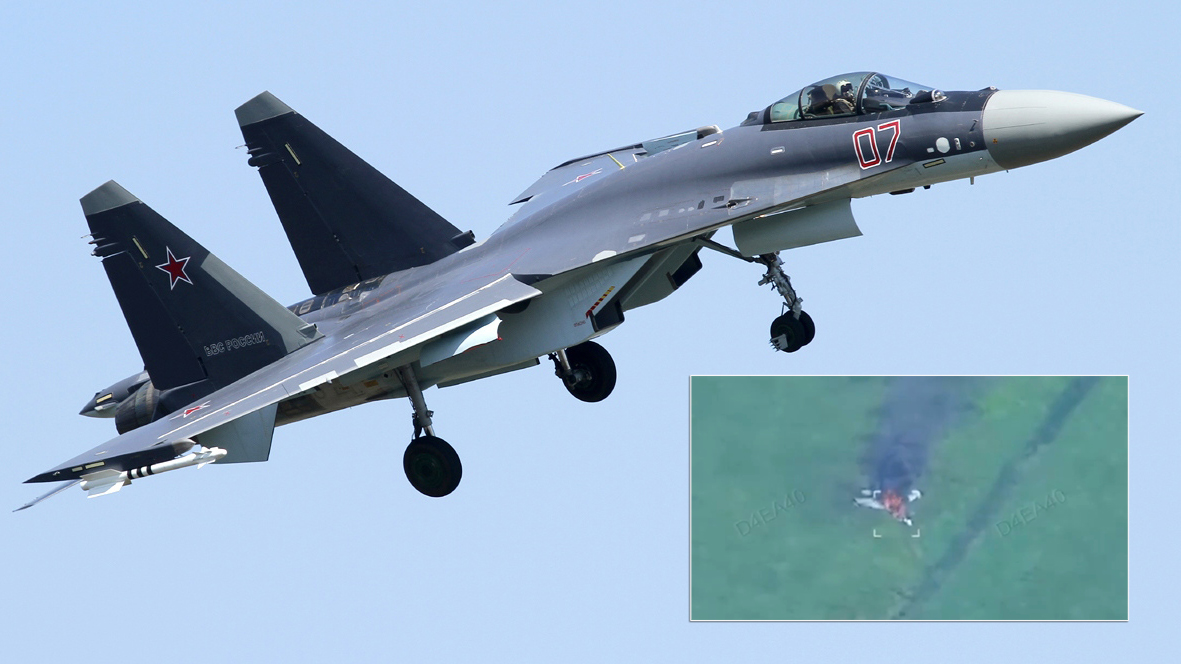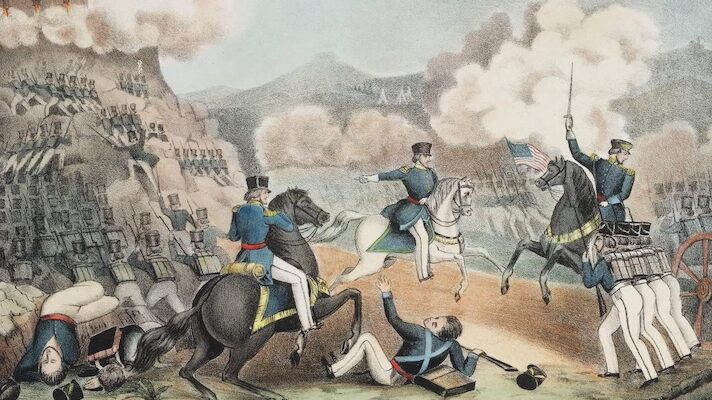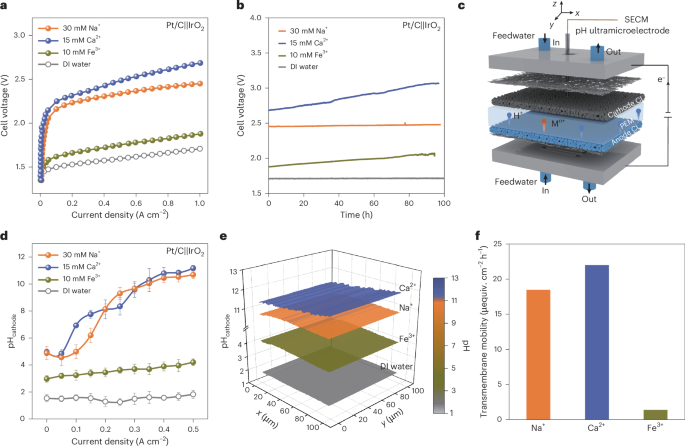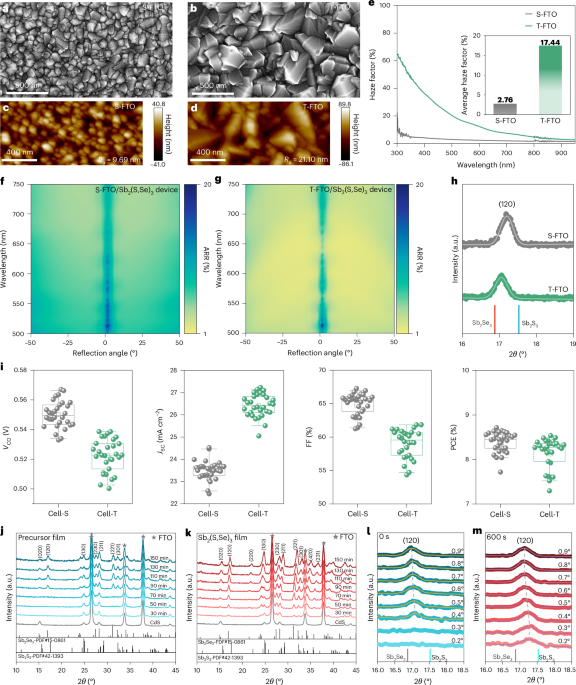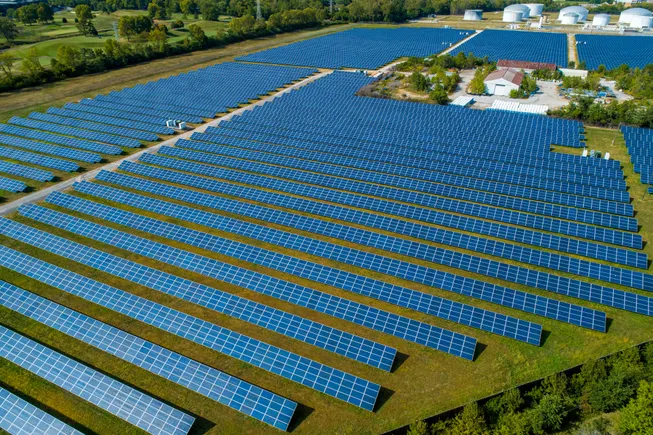NATO chief calls for five times more air defenses increase to deter Russia
Mark Rutte also appeared to accept that the US will go through with plans to withdraw its forces from Europe, but in a way that won’t leave “capability gaps.”


NATO Secretary General Mark Rutte delivers a speech on defense spending and weapons production at Chatham House, London (NATO)
BELFAST — NATO needs a drastic uplift in its air and missile defense capabilities if the alliance is to ward off Russian aggression, alliance leader Mark Rutte warned today.
“We need five times as many systems to defend ourselves [than we currently operate] against missiles and air defense,” equivalent to a markup of “400 percent,” he said at a Chatham House thinktank event in London.
“Our maneuverable land formations, we simply do not have enough. The UK, Germany, all over Europe. We do not have enough,” he explained. “Our command and control sensors, our long range weapons … clear gaps are there and we have a heavily reconstituting Russia at a pace, which is really threatening.”
At present, Moscow is not in a position to “mount a successful attack against” a NATO member, but over the next three to five years, it “might be able,” said Rutte. That assessment comes on the heels of Gen. Carsten Breuer, Germany’s chief of defence, warning that such an offensive could happen as early as 2029.
RELATED: Ticking clock: Northern NATO defense chiefs see ever-closing ‘window’ to prepare for Russia
Alongside additional air and missile defense systems, Rutte called for “thousands more” armored vehicles and tanks, “millions more” artillery rounds, together with a two-fold increase in “enabling capabilities,” including logistics.
The alliance must also make further investment in drones and long-range missile systems, space and cyber capabilities, according to Rutte. “It is clear, if we do not invest more, our collective defense is not credible,” he shared.
“I’m staying awake at night … because of the defense production” issue, he also said, noting that in the case of Raytheon’s Patriot, the alliance’s “most advanced” air defense system, “you will get it in 10 years if you order it today.”
Patriot has been credited with shooting down Russian Kh-47M2 Kinzhal hypersonic missiles during the war in Ukraine but has also been the subject of frustration because of slow delivery times. Dmytro Kuleba, former Ukrainian minister for foreign affairs, said last year that “excessively long” delivery gaps had caused military planning problems for Kyiv.
At the forthcoming NATO Summit in the Hague, Rutte pledged to send a “clear demand signal” to industry through increased defense spending, but withheld a fixed timeline for a new spending proposal.
“I have a clear view on when we should achieve that,” he explained. “I keep that to myself, because we are having these consultations now with allies … . We will, in the end, agree on a date.”
The two-tier spending proposal rests on allies committing to a target of 3.5 percent GDP on “core” capabilities and a further 1.5 percent GDP on security related investments like infrastructure. Despite Rutte’s confidence in sealing an agreement at the summit, US Defense Secretary Pete Hegseth said last week that some NATO members are “not quite there” yet.
The UK appears to belong to that group, as it has only backed plans to reach 3 percent GDP by 2034, but Rutte dismissed the suggestion that there is a mismatch between the British and NATO positions.
“I don’t think there is” any discrepancy, he said, “because every country is working in cycles to constantly update its own defense strategy. That’s exactly what the UK is doing.”
Rutte also appeared to accept that the US will go through with plans to withdraw forces from Europe, with talks on the matter between Washington and the alliance, reportedly set to take place after the summit.
“I’m not worried about that, but I’m absolutely convinced we will do that in a step by step approach, [and] that there will be no capability gaps in Europe because of this,” he said.











